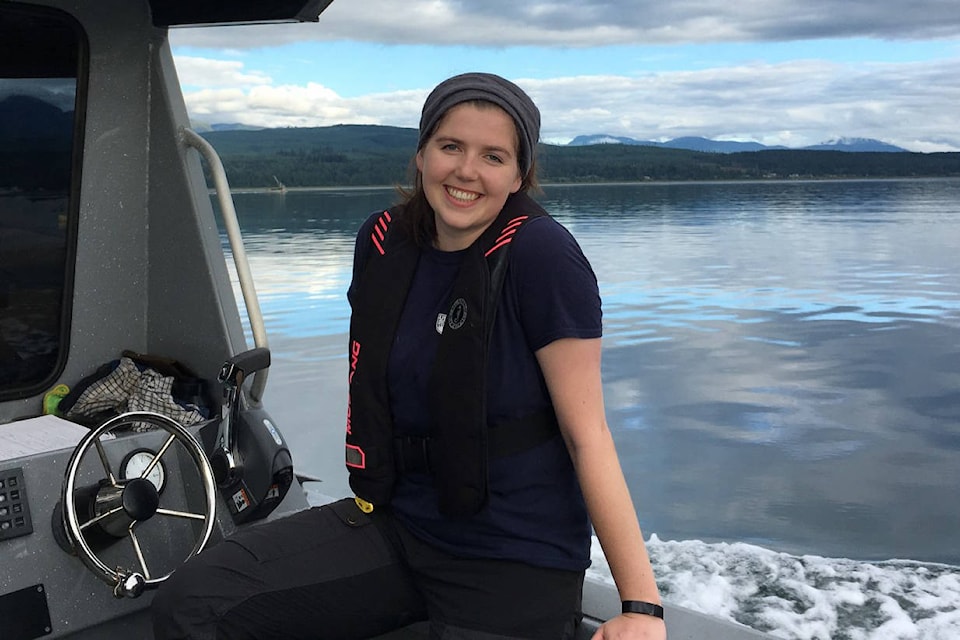Comox Valley Nature is hosting an online lecture by Natalie Mahara.
The lecture, “Establishing a baseline of microplastics in marine food webs: a case study in Baynes Sound, B.C.” is on Sunday, Nov. 15, 7–9 p.m.
Given the current situation with the COVID-19 virus, Comox Valley Nature has made arrangements to have a live, online webinar for Natalie’s presentation.
To register, go to https://bit.ly/35bRGpL
Microplastics have emerged as one of the most ubiquitous global pollutants, and can enter the marine food web by direct consumption or by trophic transfer by consuming animals that have taken up microplastics.
Researchers from the University of British Columbia worked closely with the Association for Denman Island Marine Stewards and the K’ómoks Guardian Watchmen in 2019 to establish a baseline of microplastic concentration and composition in and around Baynes Sound, and to estimate microplastic consumption and uptake by zooplankton, larval herring, and juvenile herring.
Mahara is a biological oceanographer with a particular fondness for the smallest components of marine food webs. Born and raised in Vancouver, Mahara chose to study at the University of British Columbia for her BSc and MSc degrees where she developed her passion for the interdisciplinary field of oceanography.
She has worked on projects including describing estuarine plankton dynamics, understanding how zooplankton communities range across productivity regimes, reporting microplastics in marine food webs, and untangling the mystery of juvenile salmon diets.
This is an excellent opportunity for the public to learn more about the potential impacts of microplastics in our area.
